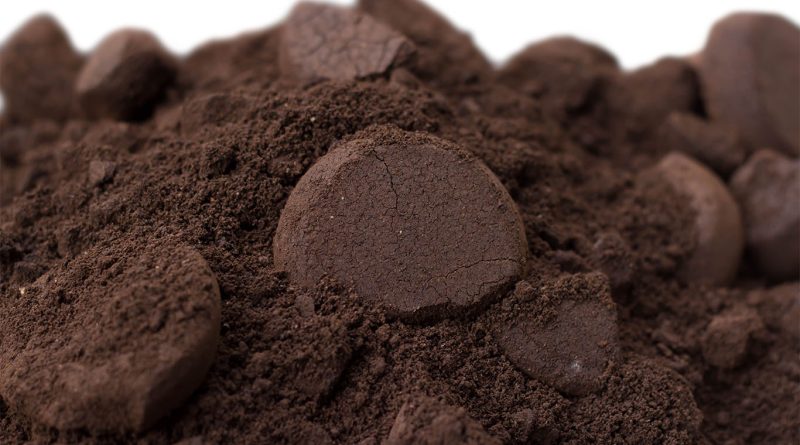Coffee Waste Transforms into Carbon-Cutting Concrete
Subscribe to our free newsletter today to keep up to date with the latest construction and civil engineering news.
In a unique blend of art and sustainability, a 12-meter-high blue whale sculpture has surfaced in London’s Canary Wharf, and it’s supported by something as humble as your morning espresso. Developed by Holcim UK, this sculpture’s foundation uses an experimental concrete mix made from recycled coffee grounds and biochar, signaling a shift in how the built environment can embrace circular economy principles and low-carbon innovation.
Using waste materials to rethink concrete from the ground up
The whale sculpture, titled The Whale on the Wharf (Skyscraper), was created by New York-based StudioKCA and fabricated with ocean-recovered plastic waste. The project serves as both an environmental statement and a technical demonstration. Its location in the Wood Wharf dock required a submerged concrete base to secure the structure.
To meet this need, Holcim UK engineered a bespoke mix at its Battersea Readymix plant that blends traditional materials with waste-derived additives. The coffee grounds were sourced from cafés and restaurants across London. These were then combined with biochar, a carbon-rich material produced through the pyrolysis of UK hardwoods. The resulting product, dubbed “Bio-Expresso” by Holcim’s team, was delivered and pumped underwater by DiveCo Marine Limited to anchor the sculpture securely.
A measurable carbon reduction aligned with national targets
What sets Bio-Expresso apart is not just the novelty of its ingredients, but the substantial environmental gains it offers. The concrete mix uses a combination of cement substitutes like limestone fines and ground granulated blast-furnace slag (GGBS) to reduce emissions. Adding biochar contributes further carbon sequestration, resulting in a Global Warming Potential (GWP) of just 69 kg CO₂e/m³. This represents a 79 percent drop compared to traditional CEM I-based concrete, a remarkable achievement for a structural material.
Circular economy principles move from theory to practice
Holcim UK’s partnership with Canary Wharf Group on this project illustrates how construction can push sustainability beyond compliance into creativity. By transforming local waste streams into valuable structural inputs, the company has demonstrated a viable model for circularity. The project also raises awareness of urban biodiversity and ocean plastic, tying the artistic installation to real-world ecological challenges.
The whale sculpture not only celebrates marine life but also underscores the urgency of reducing waste and finding smarter ways to use what we already have. Projects like this pave the way for scalable adoption of alternative materials in both public infrastructure and commercial construction.
In an era where cities are racing to decarbonize, the combination of art, industry, and environmental innovation showcased in this sculpture provides a tangible glimpse of what’s possible. Rather than framing sustainability as sacrifice, Holcim UK’s whale project shows it can be bold, beautiful, and built to last.
Sources:
